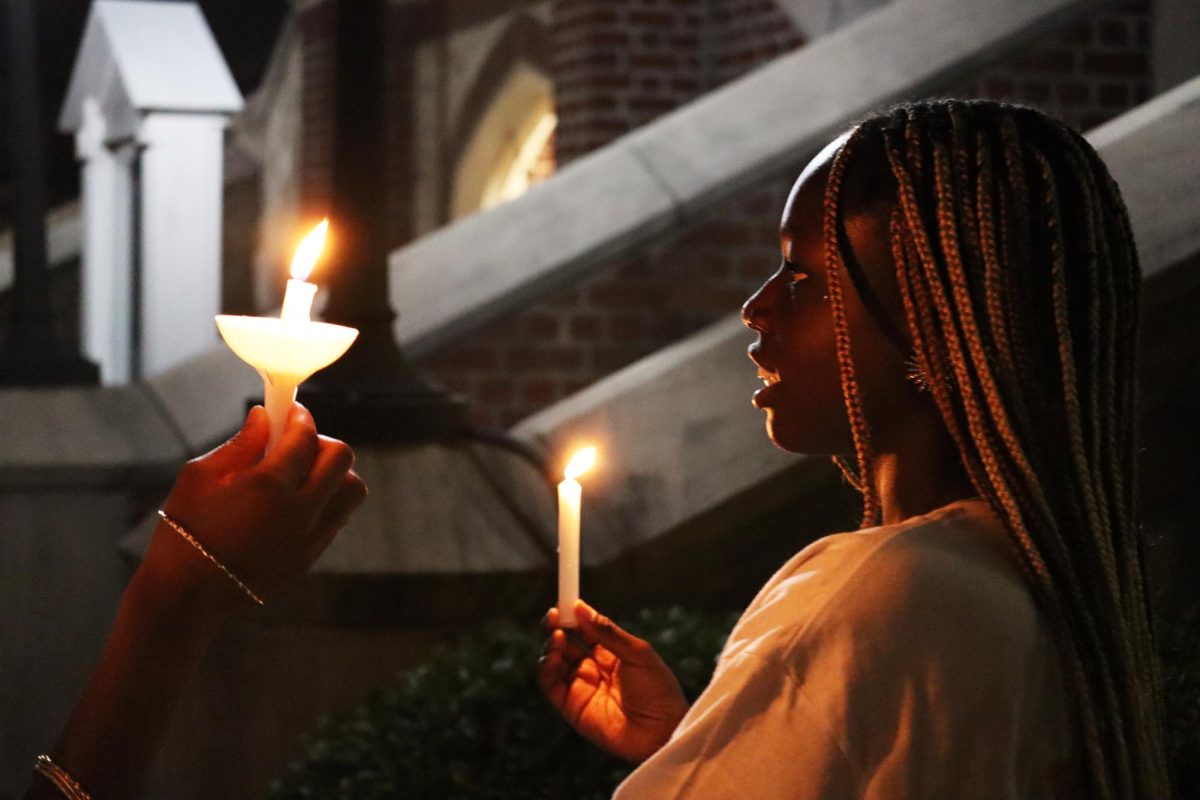According to Vice President for Finance and Administration, Jay Calamia, Loyola’s endowment value has declined 43.9 percent since July 2007 to February of 2009. In 2007, the endowment was valued at $346 million. In February of 2009 the endowment had dropped to $194 million – a $152 million loss, he said.
Calamia said this loss means Loyola will see three difficult years ahead unless the financial market begins a dramatic recovery.
“Loyola’s endowment offset the amount of revenue that is needed from tuition and fees to support the university, meaning that if we did not have an endowment, our tuition would have be much higher,” he said.
According to Calamia, Loyola will have to find new sources of income, increase some existing sources and cut expenses to cover the decline.
He said two potential sources of revenue include increasing tuition and fees as well as creating other ways to get and increase revenues Loyola has not done before. For example, he said, the summer school will now offer online courses.
Loyola will also have to adjust its spending to accommodate the reduced amount that the endowment will provide, he said.
According to Calamia, the University Budget Committee and the president are reviewing the 2009-10 budget to be presented to the Board of Trustees at its May meeting.
Loyola is also cutting operating budgets by 10 percent, he said.
Draw works on a three-year basis
According to Calamia, the endowment’s average market value over three years determines how much of the fund Loyola is allowed to spend. It does this to keep extremely bad years or extremely good years from skewing any one year’s budget. The University can typically count on a 5 percent investment return from the endowment.
At its peak, the endowment pumped $12.7 million into Loyola’s budget. By 2012, that budget line item is expected to shrink to about $7 million, Calamia said.
In order to get that $7 million, the endowment will have to grow dramatically over the next three years. Calamia said the university is expecting the fund to grow by 12 percent annually over that time frame.
“Although we are estimating that (the market value) is going to increase 12 percent, out of that 12 percent, we are going to take 5 percent for operations, 2 percent for debt service, so it’s only going to increase every year by five percent,” he said.
Loyola’s projections, Calamia said, will likely change as time goes on and the economy begins to recover.
“If the market goes up as of July 31 we will be able to bring in a little bit more of money than what we based the budget on,” he said.
However, according to John Levendis, assistant professor for the Joseph A. Butt S.J. College of Business, such an assumption may seem optimistic.
“The rate of return historically for the market has been around 6 or 7 percent per year, so 12 percent seems optimistic, especially considering that the end is not in sight yet for the current downturn,” he said.
Calamia said these assumptions may change after the administration meets with the Board of Trustees to present the budget.
“When we go to the board in May we will give them our best estimate of what we think the market value will be as of July 31 of 2009 and we will base our budget on that component,” he said.
Andrea Castillo can be reached at [email protected].






